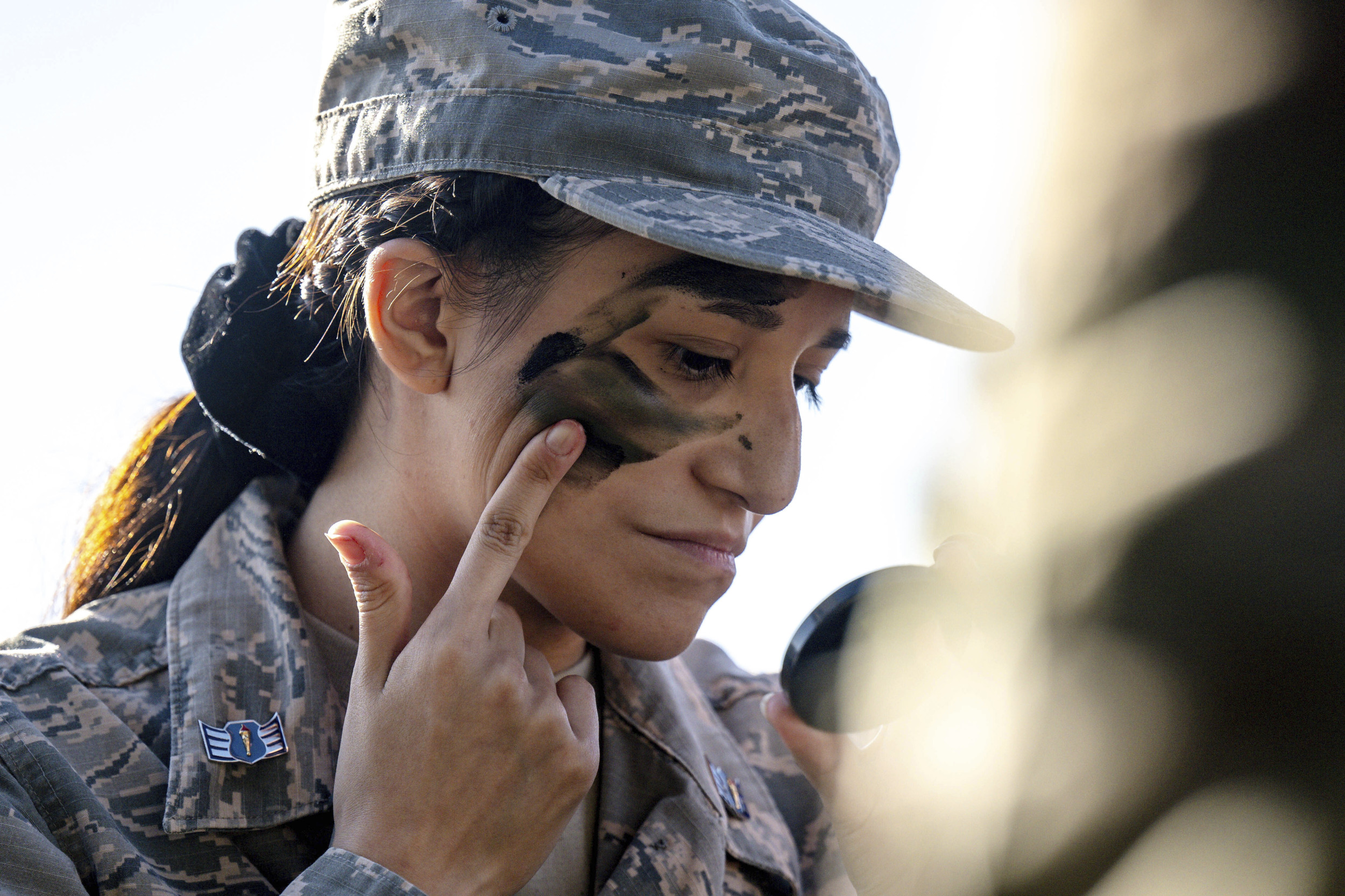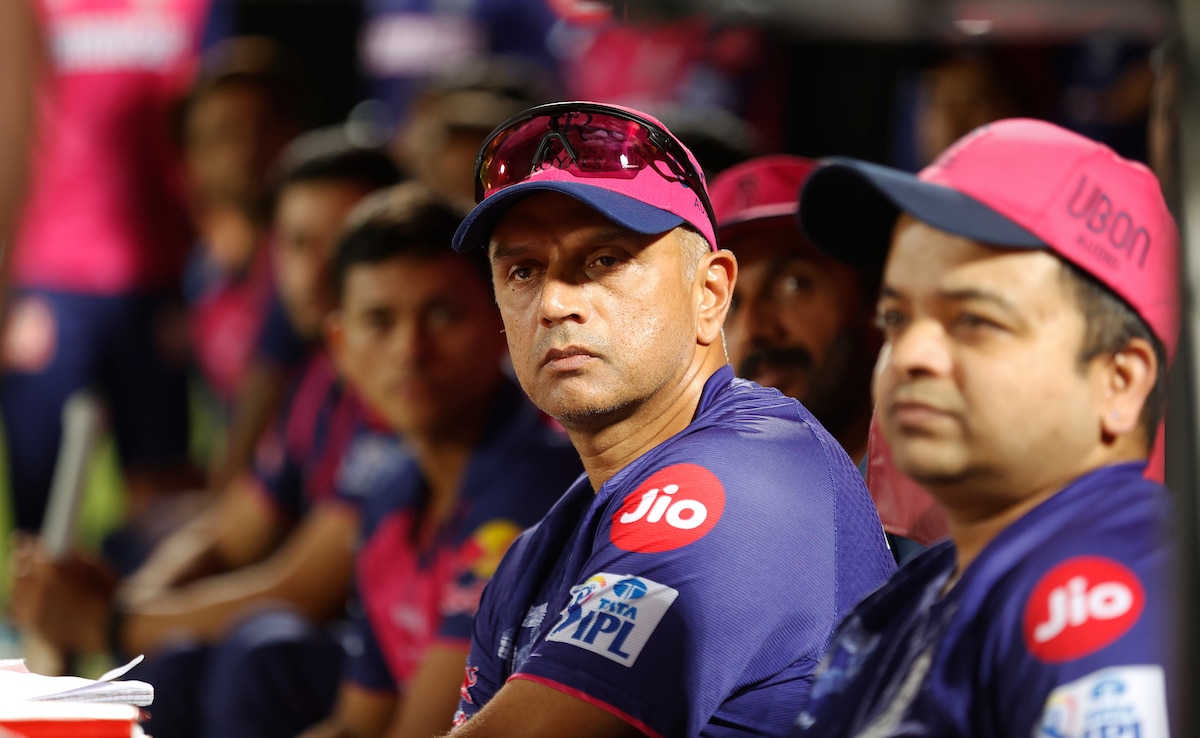
The U.S. Army is set to implement a redesigned fitness test that introduces gender-neutral standards for combat roles and eliminates one of its most controversial events.
The Army Fitness Test (AFT), announced on Monday as the official replacement for the Army Combat Fitness Test (ACFT), seeks to bolster warfighting readiness and ensure soldiers across combat military occupational specialties (MOS) meet the same physical standards.
According to the Army’s official announcement, the AFT is designed to create a “physically ready force capable of meeting operational demands in austere environments.” The phased rollout is scheduled to begin on June 1, 2025, with “sex-neutral” scoring standards for combat roles taking effect on January 1, 2026, for active-duty soldiers and June 1, 2026, for Reserve and National Guard units.
The Context
Defense Secretary Pete Hegseth has emphasized that combat roles should be held to uniform standards across genders.
In March, Hegseth said in a video: “Different standards for men and women in combat arms MOSes and jobs, that’s not acceptable. We need to have the same standard, male or female, in our combat roles.”

Watchara Phomicinda/The Orange County Register via AP
The gender-neutral standards are set to apply to soldiers and officers in 21 combat-focused MOSes, including infantry, armor, artillery, cavalry and Special Forces.
“For those 21 MOSes, they will all be graded on the male scale, so it will be sex neutral,” Command Sergeant Major JoAnn Naumann told the military publication Task & Purpose. “The passing score for most people will be a 300 with a minimum of 60 in every event. For those in those 21 specialties, the passing score will be 350 with a minimum of 60 in every event.”
This initiative aligns with congressional directives from the fiscal year 2024 defense bill, which required the Army to establish “increased minimum fitness standards” for combat roles. The new standards originally covered 20 MOSes before the Army added the Special Forces warrant officer role.
What Does the Army Fitness Test Include?
The new AFT retains five events:
- Three-repetition maximum deadlift
- Hand-release push-ups with army extension
- Sprint-drag-carry
- Plank
- Two-mile run
The standing power throw, colloquially known as the “yeet” event, has been eliminated. “Studies showed that the throw had the greatest risk of injury,” Command Sergeant Major Stephanie Carl told Task & Purpose, adding that factors such as height and technique could skew results.
The AFT’s combat standard, detailed in the Army’s announcement, requires soldiers in combat specialties to score a minimum of 60 points per event, with a total minimum score of 350. The general standard for noncombat roles remains performance-normed by sex and age, with a minimum of 60 points per event and a total score of 300.
These changes introduce significant adjustments for women in combat roles. Under previous scoring, a woman aged 17 to 21 needed to deadlift 120 pounds to pass. Under the new standard, she must lift 140 pounds. Similarly, the sprint-drag-carry event time for this group shortens from 3 minutes and 15 seconds to 2 minutes and 28 seconds.
“The one thing that’s definite is no standard will be lowered,” Naumann said.
Concerns that these new standards could disproportionately affect women stem from data collected during the ACFT trials. In testing done in 2019, 84 percent of female soldiers failed the ACFT, compared to a 70 percent pass rate for men in similar units, according to a RAND Corporation assessment. The Service Women’s Action Network criticized the initial rollout, calling the process “rash” because “too many otherwise qualified soldiers are failing elements of the test.”
Still, Army leadership remains confident that the new standards will strengthen the force without significantly affecting retention. “I don’t think we’re going to suddenly see drastic changes in failure rates,” Naumann said. “There’s always been some people who fail whether through personal choice or just in ability to get there. I don’t think that we’re going to suddenly see mass amounts of retention problems. I would argue people want to be in organizations that have high standards.”
Implementation guidance and detailed scorecards for the AFT are expected to be released in the coming weeks, according to the Army. The Army said it would continue monitoring the new test’s effect on readiness, retention and end strength.
“Just like I wouldn’t put someone with a low test score on their ASVAB into a cyber job because there’s a certain level of intelligence that we assume is necessary to do that job, there’s a certain level of fitness that’s necessary to do certain jobs,” Naumann said. “It’s about being a fit force that’s ready to fight.”



